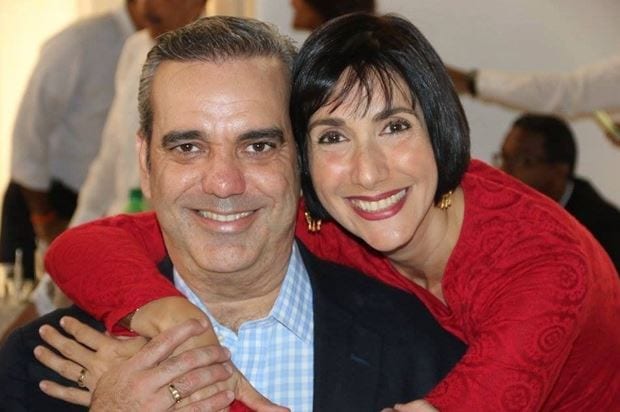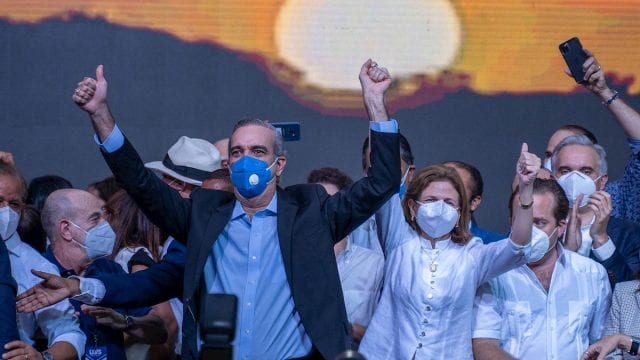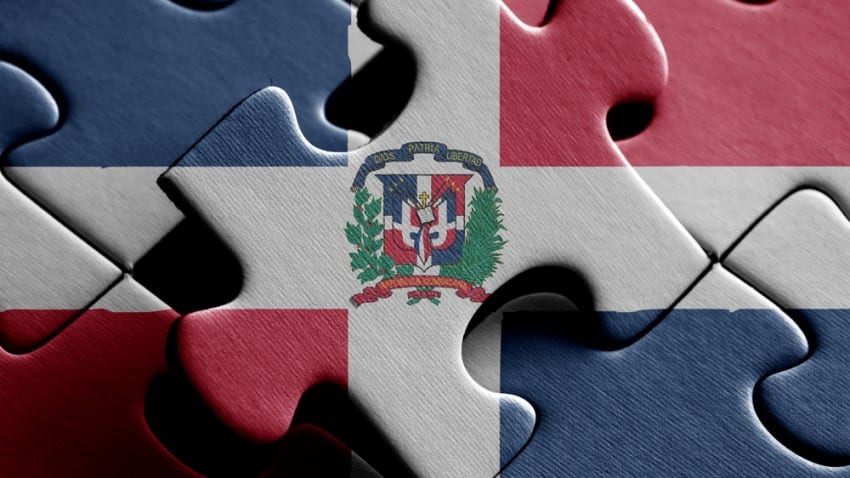On July 5, in the Dominican Republic, despite the raging pandemic in the region, the general elections were held. A convincing victory in the first round of the electoral process was won by a candidate from the “Modern Revolutionary Party” Luis Abinader. What is known about the new leader of the Latin American country? How will the “political map” of the region change?
Today, given a number of controversial factors of the modern political development of Latin American countries (the coming to power in Mexico in December 2018 of a left-wing populist politician, Andrés Manuel Lopez Obrador; the return of the Peronists and their left allies in Argentina, represented by the new president Alberto Fernandez), in general, a large part Latin America and the Caribbean is under the rule of “right” forces. However, the final “right drift” of Latin America, of course, has not yet taken shape. One of the proofs of the continuation of the “left” tradition in the region was the victory of the “center-left” candidate Luis Abinader (Spanish – Luis Rodolfo Abinader Corona) at the general elections held on July 5 in the Dominican Republic.

The first round of elections was for the ruling party “Dominican Liberation Party” (Spanish – Partido de la Liberación Dominicana) a real test of “strength”. It is worth mentioning that in the municipal elections in February, it won 33.8% of the vote (and won the victory in the capital of the republic – Santo Domingo), losing first place with a result of 39.1% of the votes of the Social Democratic Party – “Modern Revolutionary Party” (Spanish – Partido Revolucionario Moderno, PRM), which participates in the São Paulo Forum (FSP) and is part of the international center-left association Progressive Alliance (PA). “MRP” is a fairly “young” party, which was founded in 2014 by its current leader, Luis Abinader.
In addition, the February municipal elections showed that, despite heavy losses, the “Dominican Revolutionary Party” (Spanish – Partido Revolucionario Dominicano) also remains the third most popular party in the Dominican Republic, with the support of 5% of the population. In a certain period, the most influential Dominican “left” force, created in 1939, lost its popularity not only because of the split six years ago. As far back as the beginning of the 21st century, the “DRP” had the support of more than 40% of the population, nevertheless, a number of facts of corrupt leadership, strong ties with military groups and transnational corporations, as well as a “friendly” course towards Washington during the period when the party was in power in early 2000s, had a very negative impact on the image of the political bloc in the eyes of voters.
The municipal elections held in February became a real “breakdown of the pen” for political parties and alliances. Thus, their results demonstrated that more than 80% of the votes were received by the “left” and “center-left” forces. The main rivals in the struggle for political power in the July electoral “race” were the parties of the left and center-left orientation – “Dominican Liberation Party” and “Modern Revolutionary Party”. Indeed, the existence of a certain “center-left” exclusion of the Dominican Republic within the framework of the current “political map” of the region is very obvious.

After the July 5 general elections in the Dominican Republic, on July 7, the Central Electoral Commission of the Latin American country published the official counting data of 94% of the votes, according to which Luis Abinader won by a wide margin. According to the results, the winner from the “Modern Revolutionary Party” gained 52.3%, Gonzalo Castillo (Spanish – Gonzalo Castillo Terrero) from the “Dominican Liberation Party” (the party of the President in power Danilo Medina) – about 37%. The representative of the political bloc “People’s Power” (Spanish – Fuerza del Pueblo), Leonel Fernandez (Spanish – Leonel Antonio Fernández Reyna), received 8.79%.
According to the current Constitution of the Dominican Republic (adopted January 10, 1947), in order to avoid a second round of voting, one of the candidates must enlist the support of more than 50% of voters. Thus, Luis Abinader predetermined the fate of the electoral process after summing up the results of the first round. Who is the new Dominican president? What is known about the leader of the “Modern Revolutionary Party”?

Luis Abinader (born July 12, 1967 in Santo Domingo) is a Dominican politician, economist and businessman. The future president comes from a businessman’s family and Lebanese-born politician Jose Rafael Abinader Wasaf. His mother is a native of La Vega, which is considered the capital of the famous Dominican carnival. Abinader earned a degree in economics from the Santo Domingo Institute of Technology, and later graduated the program of project management at the Arthur D. Little Institute in Cambridge. He also studied corporate finance and financial engineering at the Harvard University, as well as management at the Dartmouth College.
Currently, Luis Abinader is married to Raquel Arbaje Soni, daughter of a Lebanese businessman, the family has three daughters. Currently, Abinader is the Executive Vice President of the “ABICOR” Group of Companies, which has been developing real estate projects since the early 70s of the XX century. Since 1986, he also worked in the field of tourism projects.
In the 2012 General Elections, Abinader was a candidate for the post of Vice President of the “Dominican Revolutionary Party”. In 2014, he became one of the founders of the “Modern Revolutionary Party”, and in 2016 he ran for the General election for the presidency. However, then Danilo Medina (Spanish – Danilo Medina Sánchez) won, who at that time was the current head of state and was re-elected for a second term. The party of Luis Abinader also for the first time in many years, for the most part, won municipal elections, as well as congressional elections.

The new head of state of the Dominican Republic will take office on August 16, 2020. Nevertheless, today a number of Latin American media are discussing the “symbolism” of the victory of the politician from the “left” forces in the elections. According to regional observers, the main “sign of destiny” is that the full name of the winner of the electoral process is Luis Rodolfo Abinader Corona, and his campaign took place in the midst of the coronavirus pandemic (a disease that is often called the “corona” in many Latin American countries).
The new leader will face a difficult task, because the Dominican Republic can hardly be considered one of the most prosperous and stable countries in Latin America. Moreover, the elected head of state will have to develop and implement a clear and uncompromising action plan in order to bring the Latin American country out of the socio-economic crisis that it faced in connection with the outbreak of the pandemic in the region. Another problem that the new government has to deal with is more than half of the labor force employed in the “informal” economic sector. In addition, to a large extent, the state economy continues to depend on foreign investment and on the transfer of funds from Dominican emigrants living primarily in the United States.


